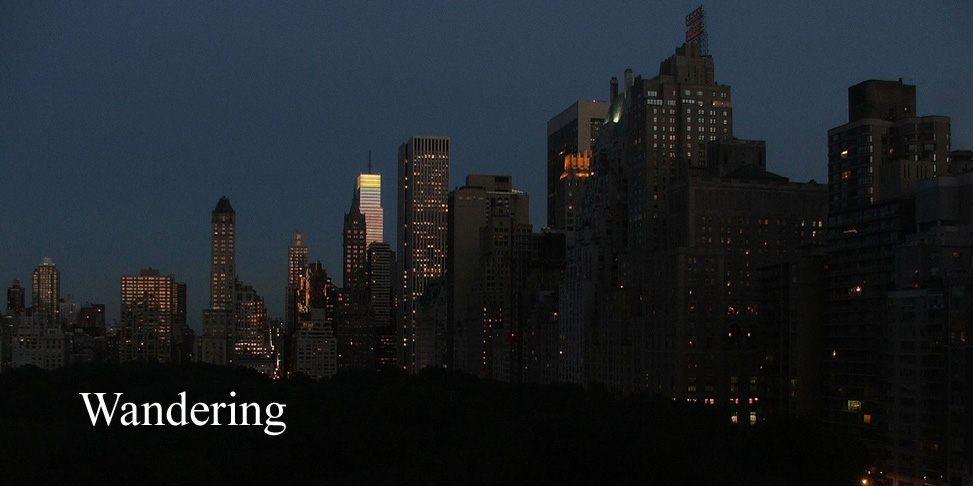The Met has revived for the first time the John Cox production of Richard Strauss’ Capriccio first seen in 1998 with Kiri Te Kanawa as the Countess. The production brings the period forward from the eighteenth century to the 1920’s. There is a sumptuous and elegant set designed by Mauro Pagono with costumes and interior design by Robert Perdiziola. I think Capriccio is an opera which actually benefits from being performed in a 20th century setting rather than the original one, as, apart from some period pastiche for dancers and singers who perform during the action, the music belongs, with Strauss, in the 20th century and it fits the production so well that occasional period references in the libretto can easily be ignored.
Capriccio can be looked at in two ways: as a comedy of manners which requires attention be given to the text and as musical theatre which creates a unique situation or mood as only opera can. In this case a mood coloured by Strauss’ distinctive musical voice.
The Met does not use surtitles. Instead there is a small screen on the back of each seat which displays the words and translations. I discovered this year, that in some seats, I can no longer read the screens, although sometimes the screen a row in front is readable. I doubt if a special pair of bifocal glasses for the Met would be justified. These screens are multilingual and the person in front of me, whose screen was legible to me, chose to read the German version. I couldn’t follow the text but was very happy to hear the music and enjoy the general atmosphere, in the same way I experienced opera before surtitles.
My beloved companion had a different problem, the woman in front of her allowed her hair to fall down over the back of her seat obscuring the screen. What is the correct etiquette here? Is one permitted to throw the hair back over the seat or re-arrange its fall? Remember that a whispered request would create a small disturbance for others; and might well lead to a regrettable altercation.
Renee Fleming sings the Countess in this production. I have now heard her in La traviata, Thaïs, and Rosenkavalier; and feel that her voice is best heard in Strauss. “Creamy” is a bit of a cliché but is the best description I can come up with for her lower register. I doubt if I will ever hear the Strauss soprano roles better sung.
La Roche, a theatre director, was the English bass Peter Rose who we have heard with Opera Australia as Baron Ochs and Osmin. It was a pleasure to hear him in a role which seemed to suit him so well; and which contains extended passages, including La Roche’s famous defence of the theatre, which he enhanced with beautiful singing.
Flamand was Joseph Kiaser,who I have heard as Tamino at the Met and who is clearly developing a great international career. Olivier was sung by Russell Braun, who I failed to identify until reminded by a program note that he was Chou En-lai in Nixon in China which I saw in the HD transmission.
Although all the singing was close to perfect, I was impressed with English mezzo Sarah Connolly as Clarion. At times she seemed to outsing Ms. Fleming a little; and it maybe that Ms. Fleming needed to preserve her voice for the great final scene which she sang so brilliantly. It may be poor memory on my part, but I had the impression that the final monolog in which the Countess is faced with a decision between poet and composer – words and music – was somewhat detached and ironic; but Ms. Fleming brought an emotional intensity to it which was quite thrilling.
Capriccio by Richard Strauss, Metropolitan Opera New York, April 19, 2011













